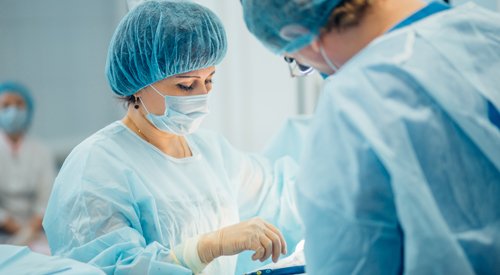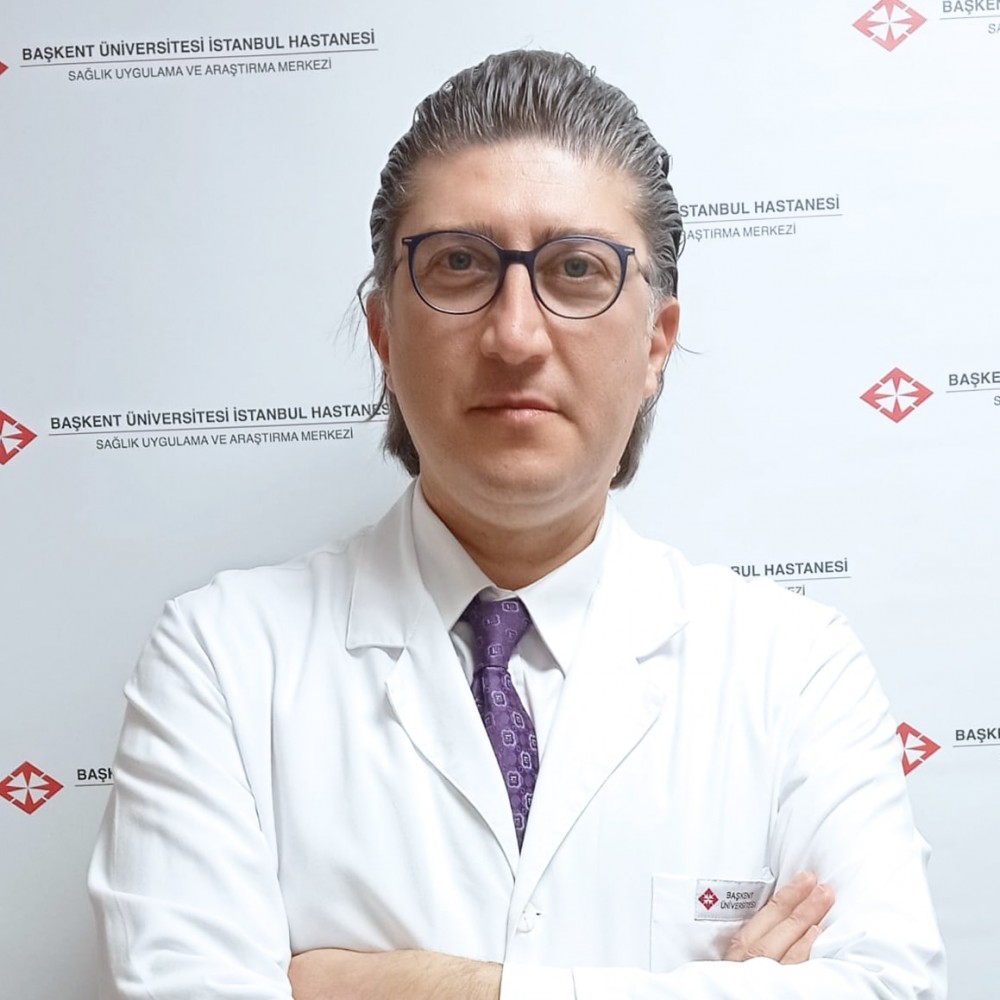
Overview
What is breast cancer?
Breast cancer begins when the cells of the breast tissue start growing in an uncontrollable manner. These cells form a lump which can be visualized in mammography and they become palpable in time. When these cells gain the ability to invade the peripheral tissue or “spread” to distant tissues, they are called malignant; in other words, they transform into cancer. Although breast cancer seems like a disease specific to women, men may also have this disease.
Where does breast cancer start?
Although breast cancer can develop in any part of breast, the most common location is mammary ducts. Sometimes, it originates from mammary glands. In other cases, breast cancer manifests with a mass lesion, although not necessarily. The disease may be recognized when a cluster of calcification, which is called as early stage breast cancer, is visualized.
It is critical to decide whether the mass lesions in breast are malignant or benign. Our breast diseases outpatient clinic will help you for this issue. When this kind of a mass lesion is recognized, it is necessary to seek medical attention.
How Does Breast Cancer Develop?
Alterations or mutations in DNA may convert healthy breast cells into cancerous ones. Certain DNA changes are inherited from parents (genetic) and they increase the risk of breast cancer. There are some life style-related risk factors for development of breast cancer, such as nutrition and exercise. Although the mechanisms have not been clearly understood yet, it is known that the hormones can have a role in development of breast cancer.
How Does Breast Cancer Spread?
The cells that form breast cancer (like many other cancers) migrate to other body parts through blood or lymphatic circulation. EARLY DIAGNOSIS AND TREATMENT are the most important factors to prevent this spread.
Acquired DNA Changes or Familial (hereditary) Changes?
Normal breast cells transform to cancer cells as a result of DNA mutations. DNA is a chemical molecular chain that forms our genes. Some DNA disorders are genetically transmitted, but not all of them! Some DNA disorders are congenital while others are acquired. The fact that you do not have family history of breast cancer does not mean that you do not have risk! Remember that, hereditary (genetic or familial) breast cancer syndromes are seen only in 5-10 percent of the breast cancer patients. There are two genes which are responsible for hereditary breast cancers: BRCA-1 and BRCA-2. For women with mutation in BRCA-1 gene, risk of breast cancer is 85 percent and the risk of ovarian cancer is 45 percent until the age of 70. For women who are BRCA-2 gene mutation carriers, risk of breast cancer is 85 percent and risk of ovarian cancer is 76 percent until the age of 70.
Why?
Breast cancer is one of the most common cancers for women and if it is not diagnosed early, risk of death due to this disease increases. The most important test for early diagnosis of breast cancer is mammography. The mass lesion can be identified in mammography 1 to 4 years (1.52 years in average) before it becomes palpable.
Who are recommended this test?
Even if there is no finding or sign, all women above the age of 40 are recommended to have annual mammographic screen. Number of deaths secondary to breast cancer has decreased by 19-64 percent (meanly 30 percent) in countries where the screening is regularly performed.
As the mammary tissue is dense in young women, the success of mammography to identify cancer is lower; therefore, we do not recommend mammographic screen for women younger than forty years of age.
Is the radiation emitted by mammography dangerous?
Many women have concerns about radiation exposure due to mammography; however, dose of radiation is very low in this examination. Dose of radiation exposed in a mammography scan is equal to the dose of radiation that a person is normally exposed to in 3 months or in a long air flight. Although risk of cancer secondary to exposure to radiation is theoretically possible, this risk is nearly zero especially for people younger than 40. In modern facilities where the devices are regularly maintained and checked, there is nothing to worry about mammography. Remember that the benefits from early diagnosis significantly outweigh the risk!
Other Diagnostic Methods
Ultrasound (mostly) and Magnetic Resonance Imaging (MRI; sometimes) are used for diagnosis of breast tumors; these imaging techniques significantly contribute to accurate diagnosis if they are used by experienced breast radiologists.
How Is Breast Cancer Treated?
Treatment of breast cancer has two basic principles. Local treatment that focuses on breast and systemic treatment that focuses on entire body.
Systemic treatment includes chemotherapy, target-oriented (smart drugs) therapy and hormone therapy or a combination thereof.
Local treatment is radiotherapy or surgery.
Surgical Treatment of Breast Cancer
Surgical management of breast cancer is a process that should be decided by the patient and breast surgeon. Your surgeon should inform you about pros and cons of the options and provide information enough to help you choose the best option.
There are many methods including complete removal of breast, removal of only the cancerous part (breast conserving surgery), implantation of silicone prostheses by sparing the breast skin and the best treatment option should be selected to help the patient live happily after the treatment.
What is Oncoplastic Surgery?
Breast conserving surgery (partial removal of breast or removal of the tumor area) can be easily applied for early stage and small tumors. For some patients, breast could be structurally small and tumor could be larger and this condition would cause bad cosmetic appearance. To prevent this, oncoplastic surgical methods have been developed and they can successfully be performed at our facility. Larger breast tissue can be removed and better cosmetic results can be obtained with this method. In addition, the method helps making the healthy breast symmetrical with the other breast.







